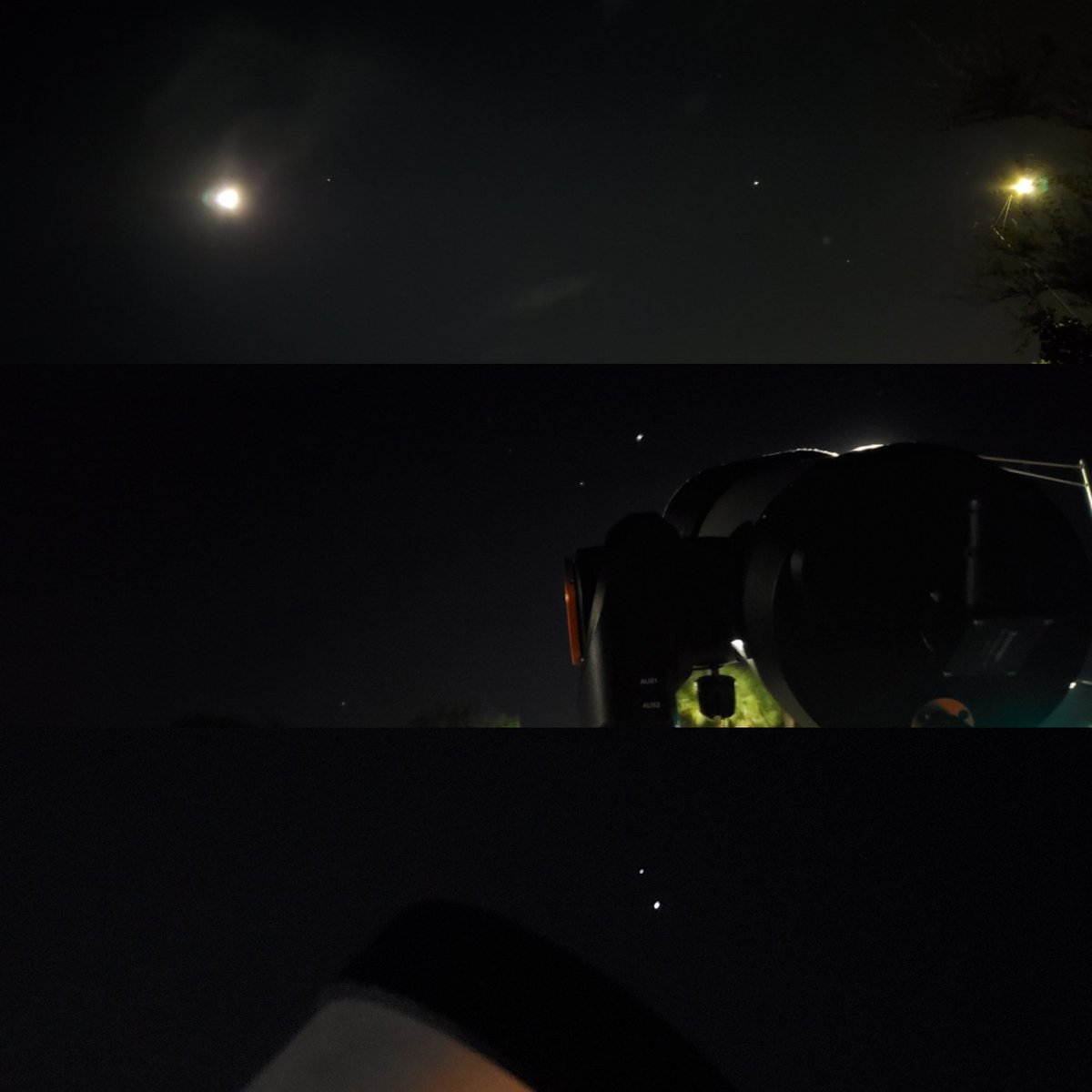
Let's discuss news sources, and how they affect public perception of science and astronomy.
Educators can probably agree that the recent articles calling the Jupiter & Saturn conjunction a "once in a lifetime" or "hasn't happened in 800 years" is extremely misleading. (1/)
Educators can probably agree that the recent articles calling the Jupiter & Saturn conjunction a "once in a lifetime" or "hasn't happened in 800 years" is extremely misleading. (1/)

As someone who interacts with dozens of people on the street each day at #SidewalkScienceCenter, you can expect most people don't spend nearly as much time familiarizing themselves with the night sky.
So when people see headlines with these misleading claims, I find myself (2/)
So when people see headlines with these misleading claims, I find myself (2/)
...explaining over and over again that Jupiter & Saturn do in fact pass each other in the sky every 19-20 years.
As a communicator, you have to take every interaction as a teachable moment, and maintain a civil, level discourse, where both parties have a chance to speak. (3/)
As a communicator, you have to take every interaction as a teachable moment, and maintain a civil, level discourse, where both parties have a chance to speak. (3/)
As the days dwindle down to the conjunction, I will create a poster, or handouts, with clear explanations more-or-less fact checking the headlines people see on social media and the news.
Address the misinformation, then showcase what actually happens... (4/)
Address the misinformation, then showcase what actually happens... (4/)
For the case of the conjunction, it's important to have a visual. Geometric alignments make much more sense to people when the info is expressed visually.
Take, for instance, this poster I created for the Opposition of Mars in October: (5/)
Take, for instance, this poster I created for the Opposition of Mars in October: (5/)

Presenting a quick, easy-to-read visual draws in people's attention and gives them a boosted experience with a basic concept that is easy to understand, and allows them to guide their own questions from the material.
This particular visual isn't filled with paragraphs... (6/)
This particular visual isn't filled with paragraphs... (6/)
....or information, but relatable facts and scaled drawings help clarify the differences of physical properties.
Hence, creating a visual guide for participants or passerby who likely do not have familiarity with celestial geometry can be useful for quick or extended engagement!
Hence, creating a visual guide for participants or passerby who likely do not have familiarity with celestial geometry can be useful for quick or extended engagement!
• • •
Missing some Tweet in this thread? You can try to
force a refresh






